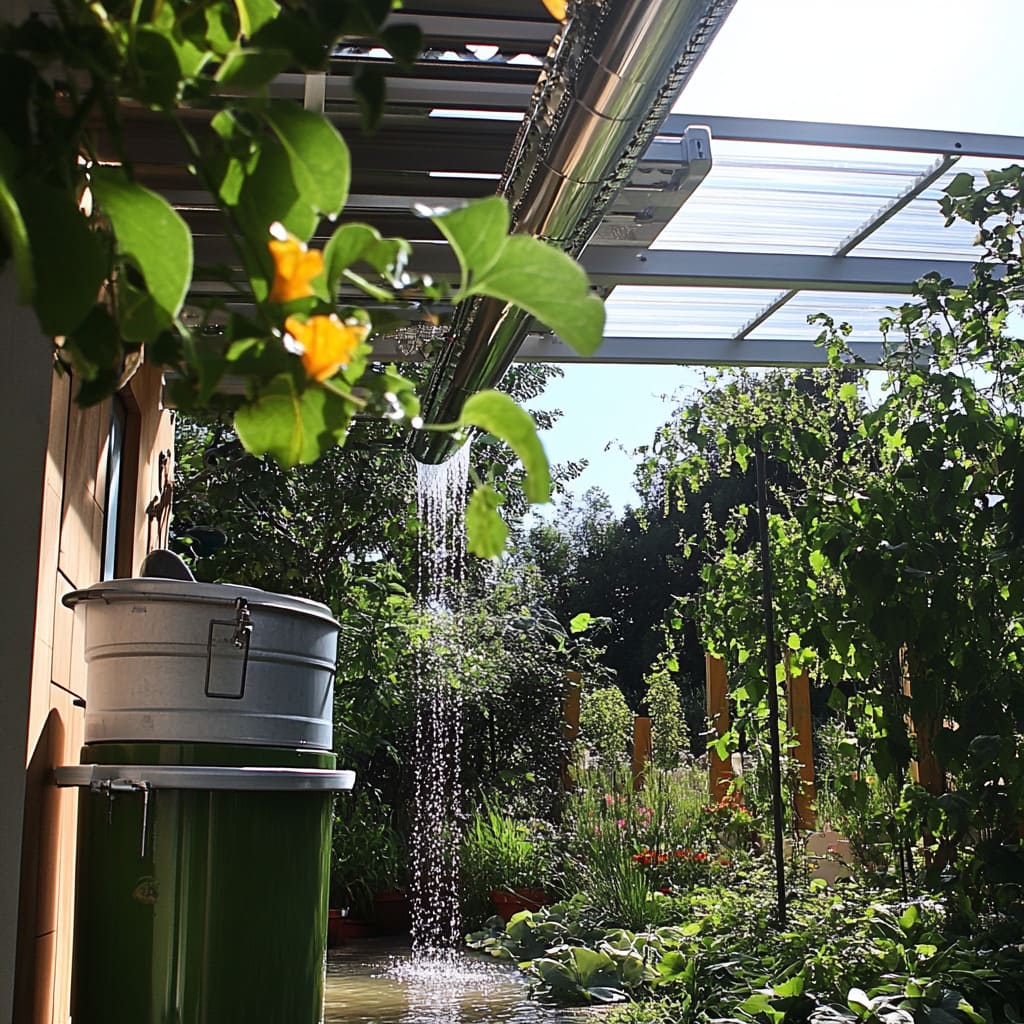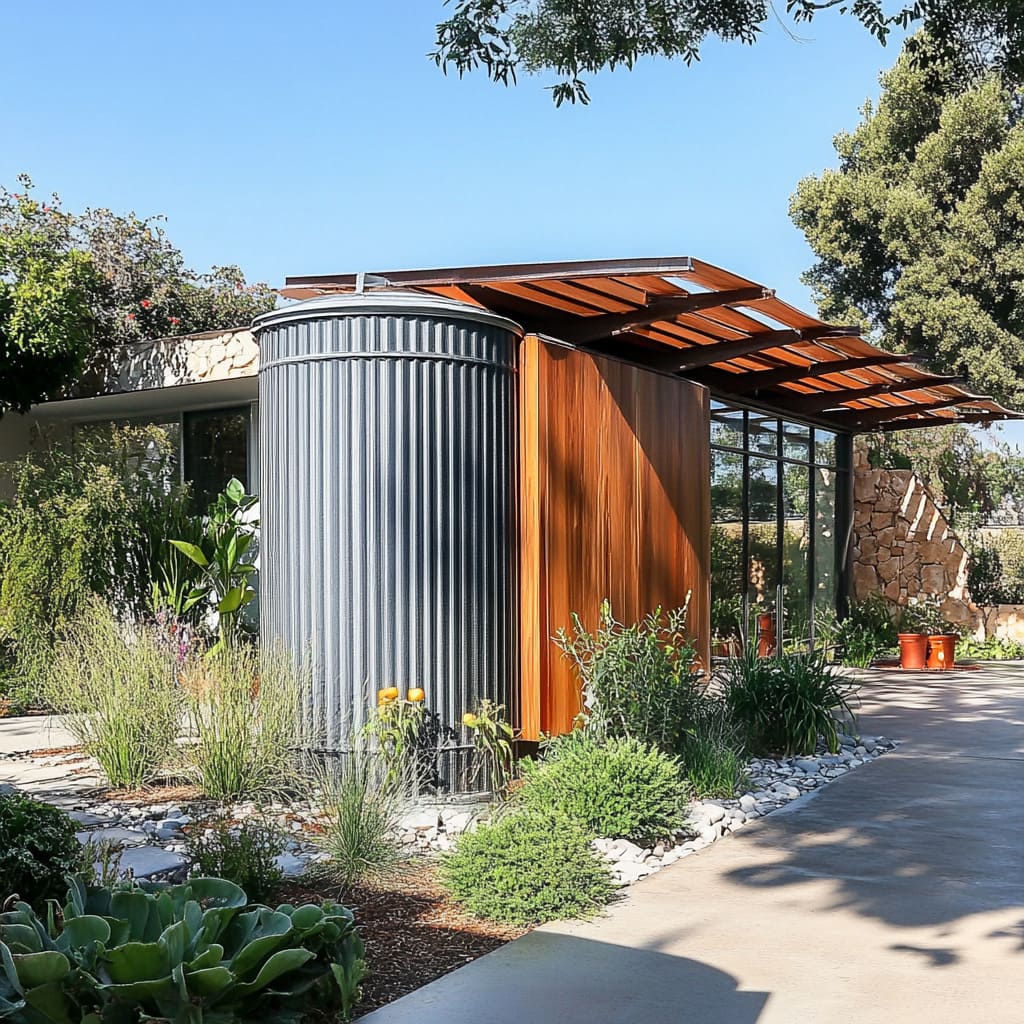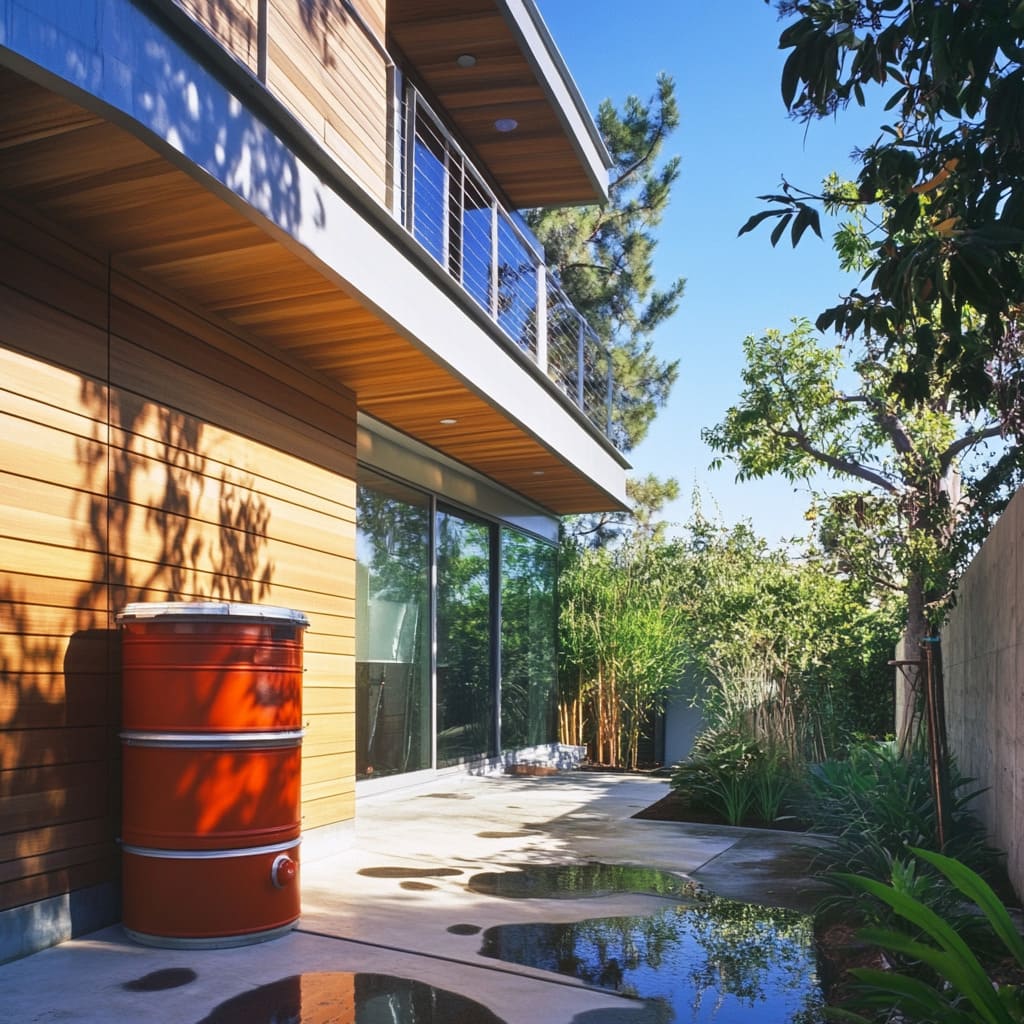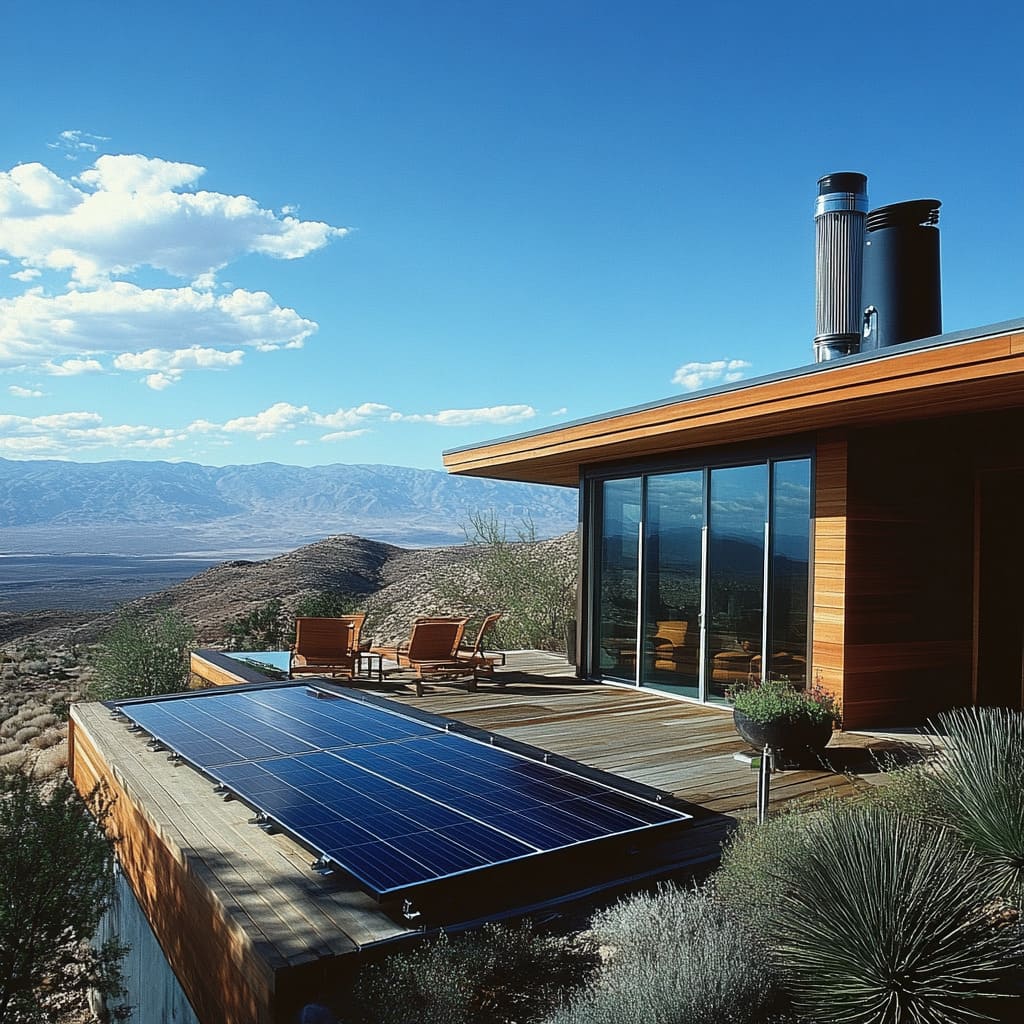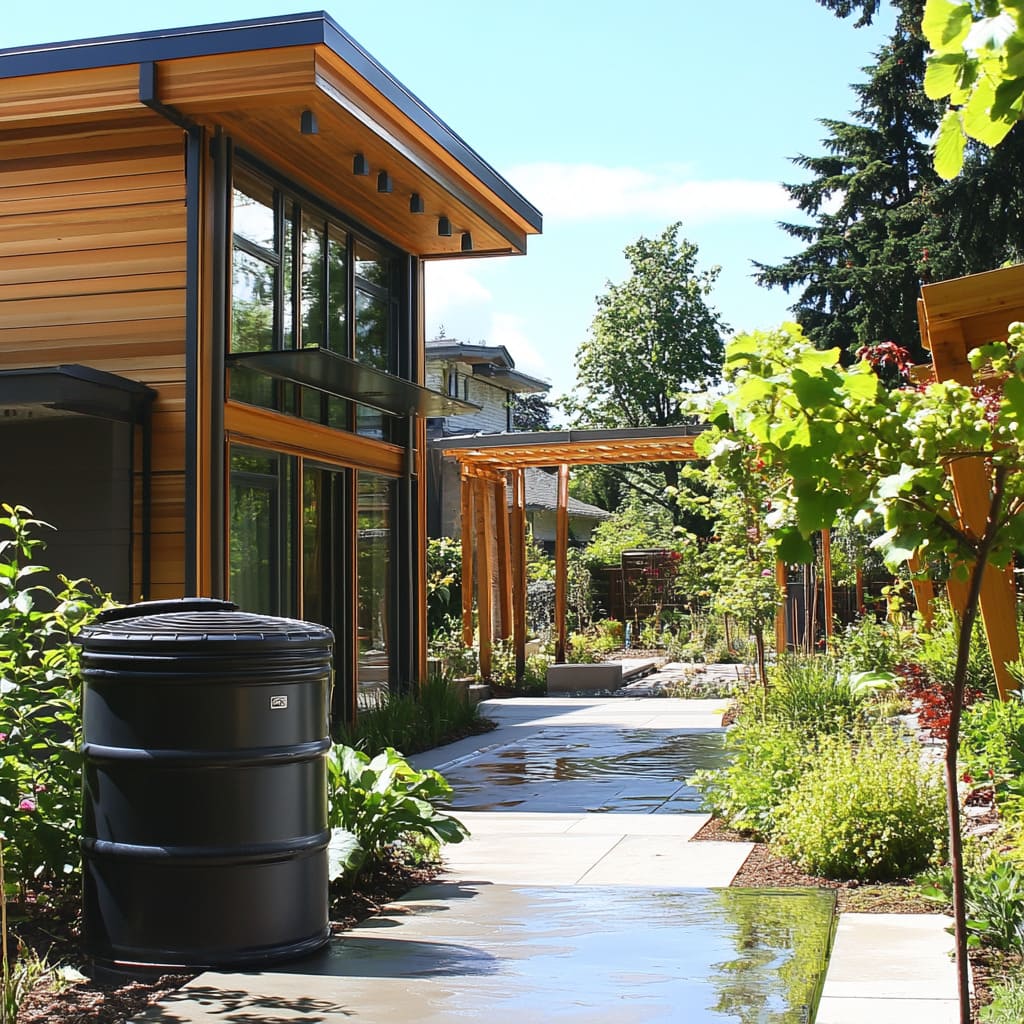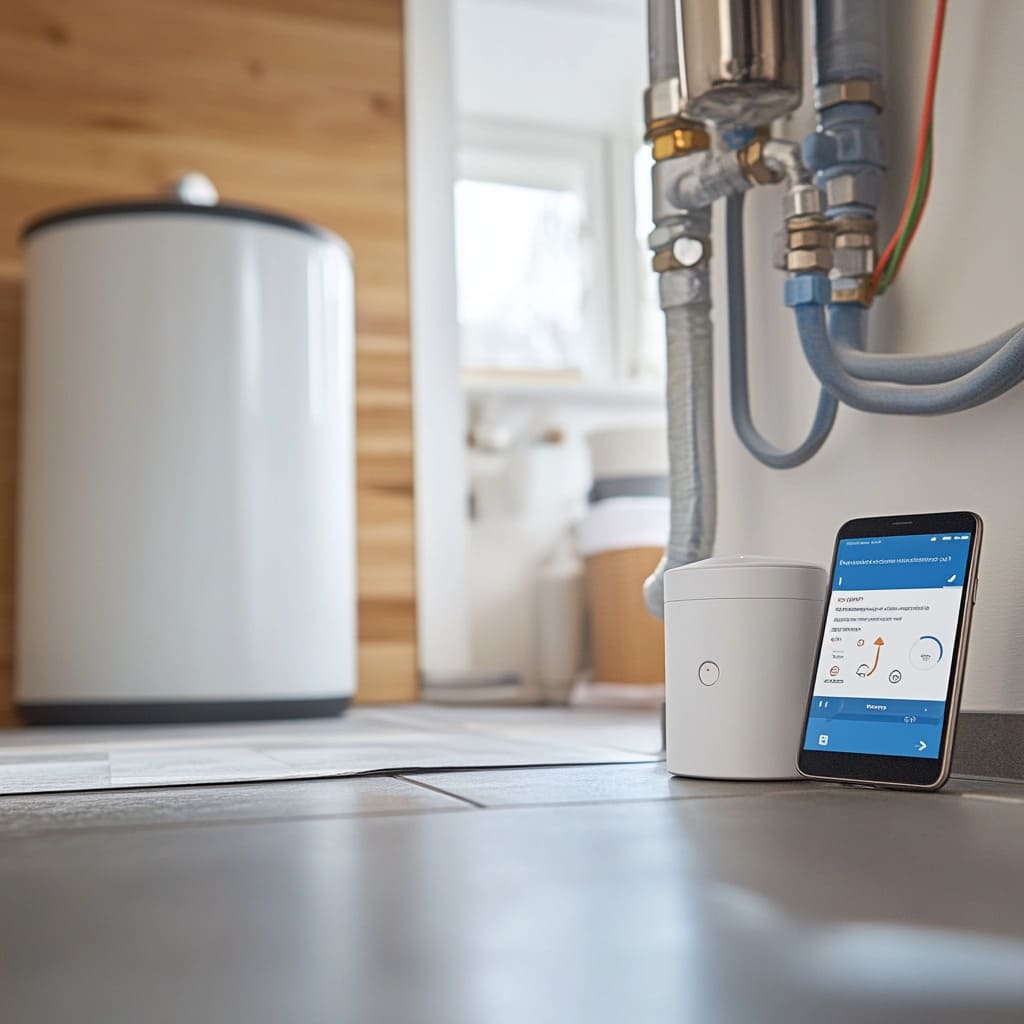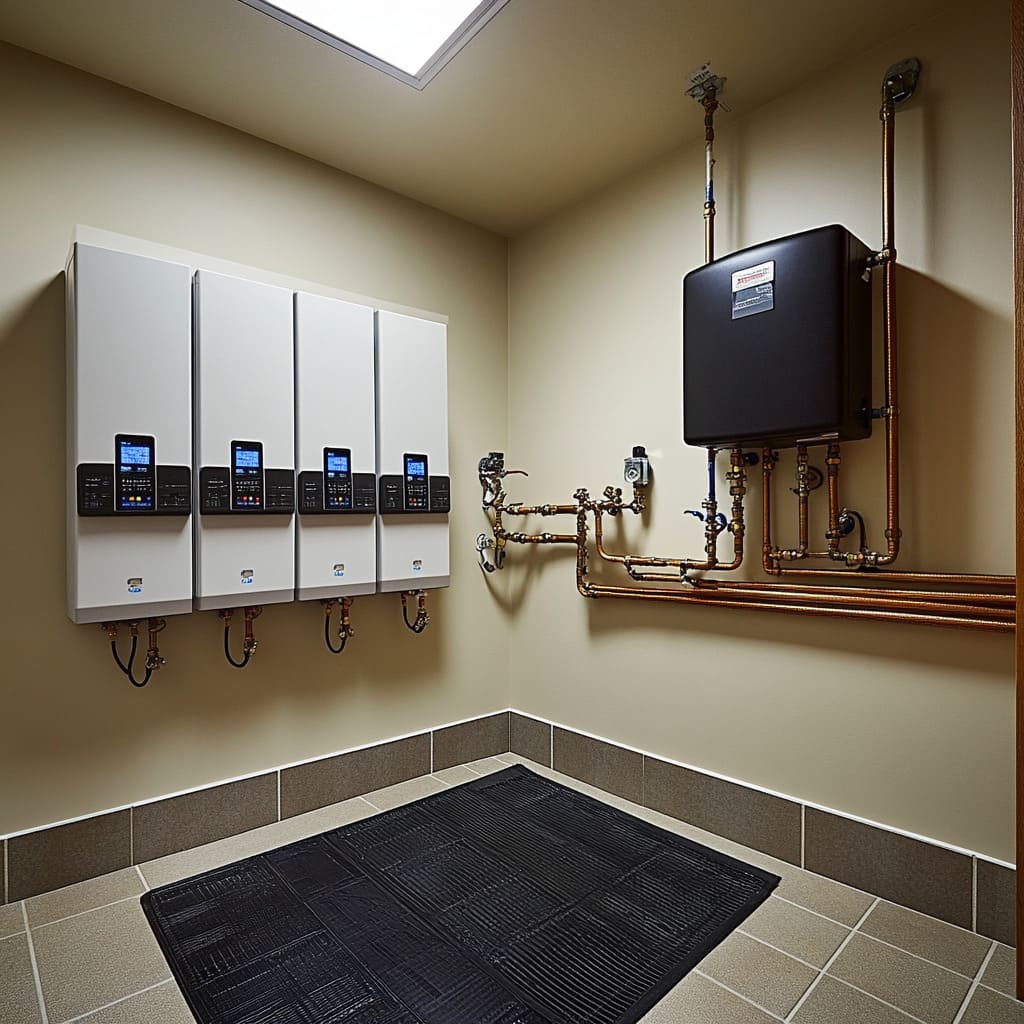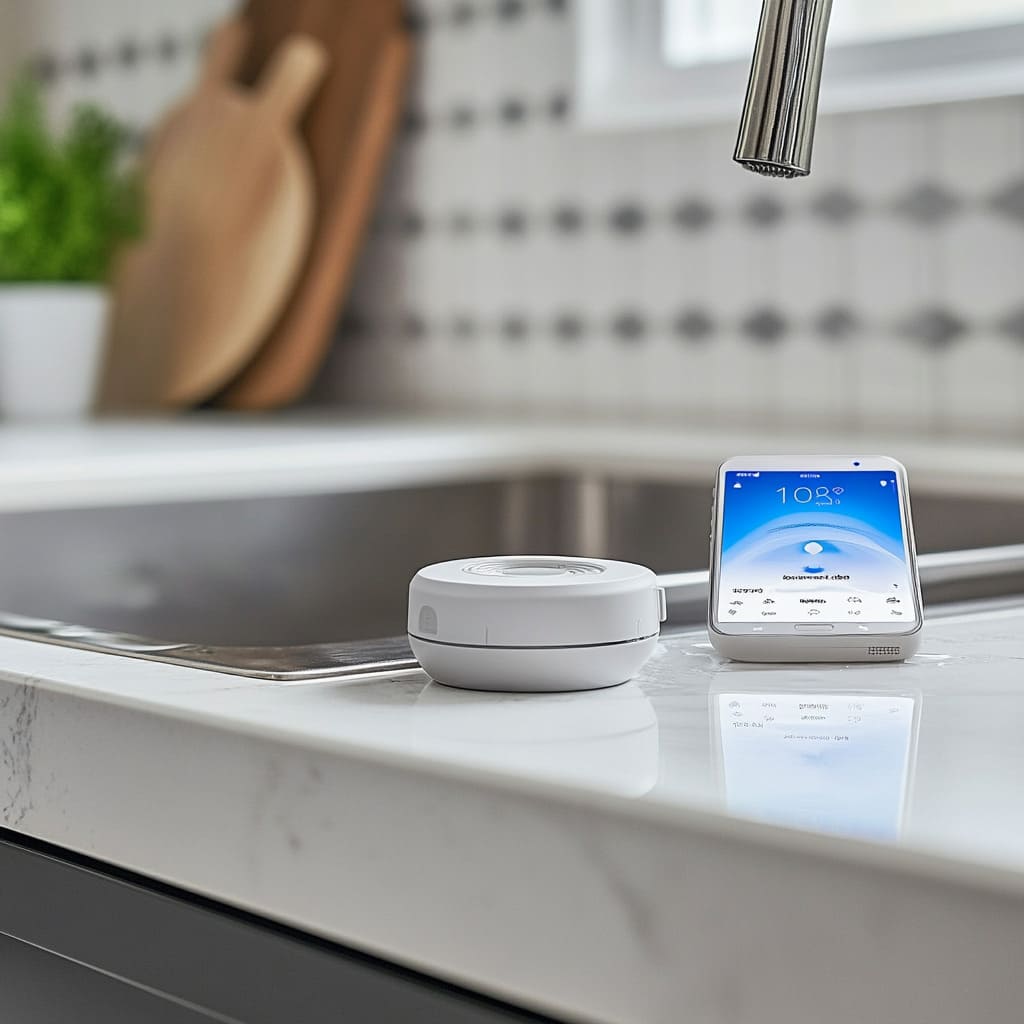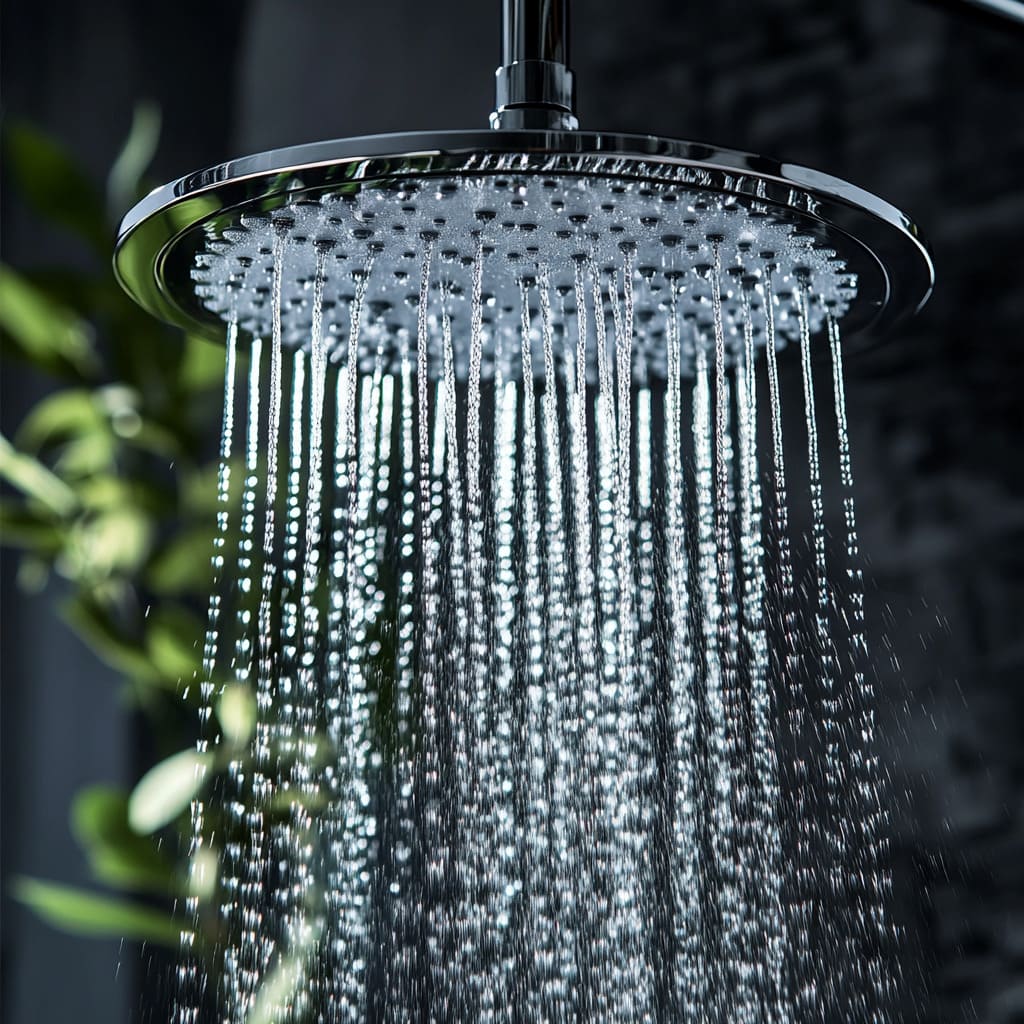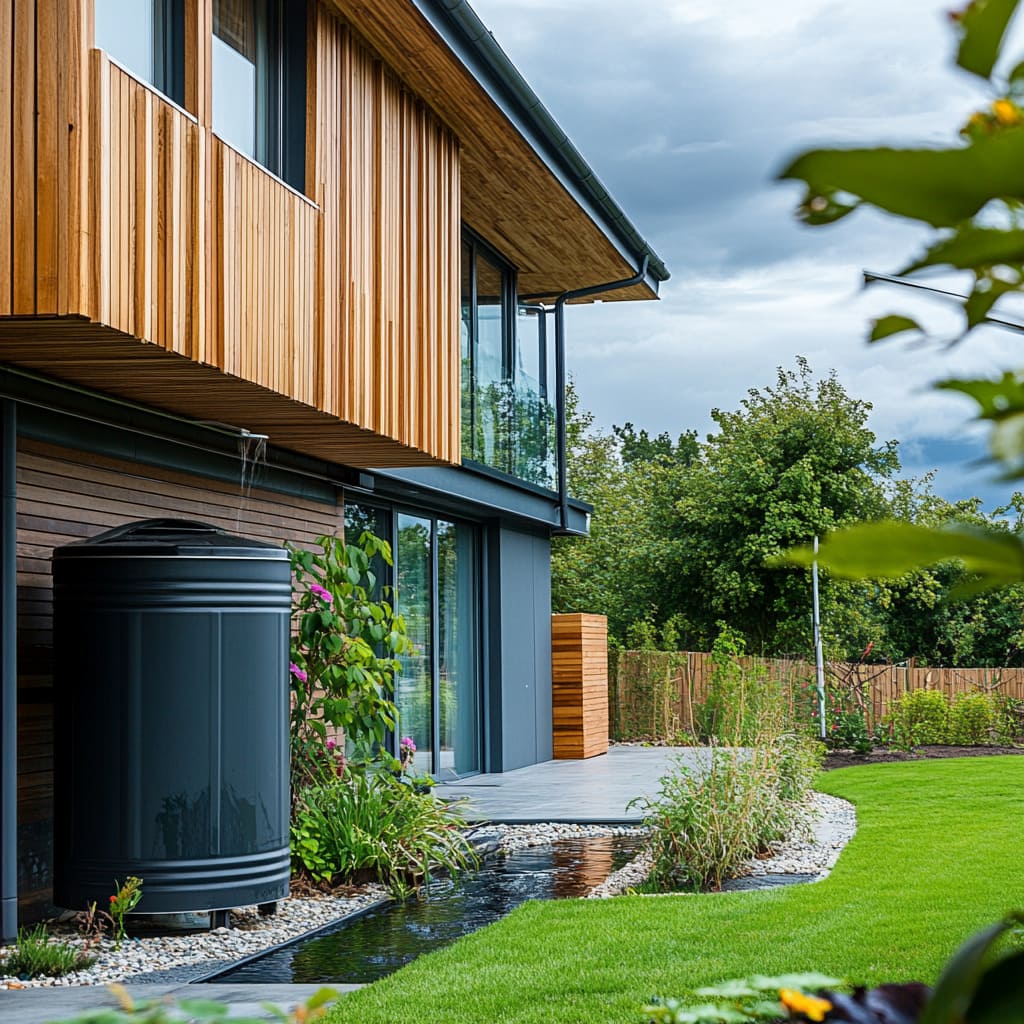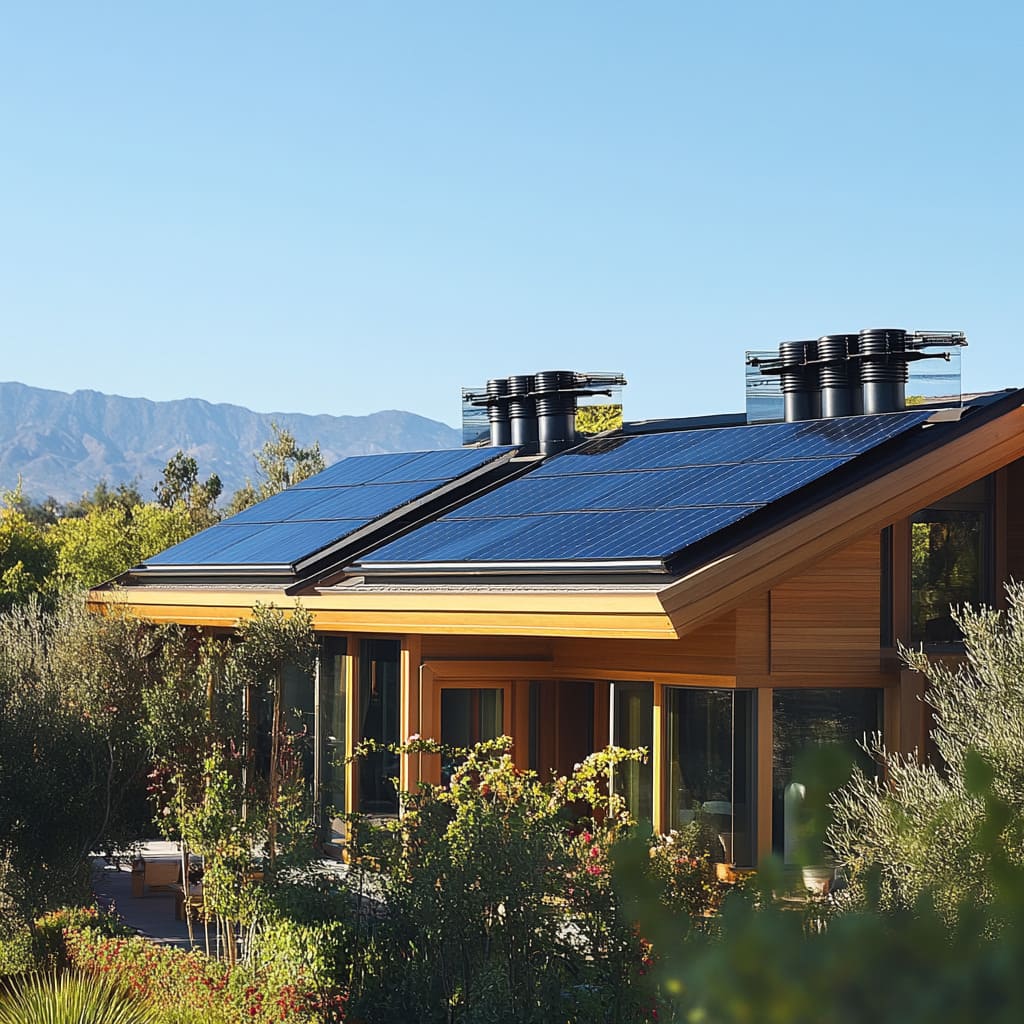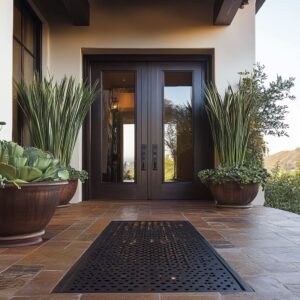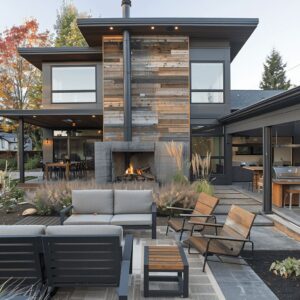Are you tired of enduring constant plumbing issues in your modern real estate property? Unresolved plumbing matters can be a huge dampener on your property value, and more importantly, your quality of life. The novel solutions at Dan’s Plumbing could be the relief you need.
With Dan’s Plumbing, you’re assured an end to recurring leaks, drain clogs, and pipe bursts that typically haunt most city homes. Their team of seasoned experts provides innovative plumbing interventions, affordable and tailored to your specific needs.
Investing in top-quality plumbing services should be a top priority. Why deal with recurring water damage when you can safeguard your home with reliable solutions from Dan’s Plumbing? They’ve revolutionized plumbing solutions fit for every modern city dweller
The Modern Seller Advantage
If you’re a modern real estate seller, understanding the newest trends in technology is pivotal to ensure competitive advantage.
Are modern plumbing solutions necessary?
Modern plumbing solutions are essential to meet the expectations of discerning buyers who prioritize efficiency and sustainability in their prospective homes.
What advantages do innovative plumbing solutions offer?
Innovative plumbing techniques provide benefits such as water conservation, leak detection and often lead to significant cost savings over time.
Why should I incorporate them into my property?
Incorporating modern plumbing systems into properties can increase their market value greatly, making them more appealing to prospective environmentally conscious buyers.
How can these technological advancements affect a buyer’s decision?
Innovative plumbing systems may influence forward-thinking buyers who are seeking optimized resource usage and anticipate future residential needs.
Are these modern solutions easy to implement?
Despite initial challenges, professional assistance can make the implementation of these advanced solutions more straightforward and relatively hassle-free
Embrace Water-Saving Technology
Silver bullets don’t exist in the realm of water efficiency. Instead, achieving mavenship calls for a blend of advanced techniques and technologies.
It’s about creatively stitching together innovative solutions that enhance water use without sacrificing functionality or comfort in your home or building.
- Weather-Based Controllers: These devices adjust watering based on local weather data, removing the guesswork.
- Soil Moisture Sensors: Reduce overwatering by using sensors to constantly check soil moisture levels.
- Rain Sensors: Integrate these into your irrigation system to halt watering during rainfall, cutting down on unnecessary water usage.
- Drought-Tolerant Plants: Choose native or drought-resistant plants to lessen irrigation system burdens.
- Driveway and Sidewalk Sweeping: Swap hosing down pathways for sweeping them clean, both conserving water and decreasing pollution.
Beyond these methods, additional technologies such as water-efficient sprinklers, smart controllers, and harvesting systems contribute towards revolutionizing plumbing solutions.
Incorporate these innovative technologies into your real estate plans to help reduce water consumption dramatically while maintaining a comfortable living or working environment
Use Low-Flow Plumbing Fixtures
You can noticeably decrease your annual water usage by fixing household leaks. This practical method can save you up to $100 a year.
Implement WaterSense Products
By replacing old leaky faucets with WaterSense labeled ones, you contribute to saving an estimated 3,000 gallons of water per year. Additionally, installing WaterSense toilets could reduce yearly water usage by a staggering 13,000 gallons.
These eco-friendly fixtures are undeniably advantageous.
Promote Conscious Usage
Simple routines such as not leaving the tap running when brushing teeth or shaving can save up to 8 gallons of water daily.
Achieve further savings by using WaterSense showerheads. They ensure no more than two gallons per minute, saving water and energy substantially.
Saving with Low-Flow Items
Minimalistic in design yet exponentially impactful, low-flow showerheads, toilets, and sink faucets work wonders for reducing your home’s water flow significantly
Choosing the Right Pipes
When it’s time to update your plumbing system, your pipe material choice substantially impacts its efficiency. The selection process involves evaluating not only cost but durability, as well.
The characteristics and targeted usage of five dominant plumbing materials considerably differ. Be it PVC or copper; each has its unique advantages and drawbacks.
- PVC Pipes: Perfect for their lightweight structure, corrosion resistance, and easy installation. Save these for cold water systems as they aren’t typically hot water efficient.
- Copper Pipes: Praised for durability and reliability, these serve both hot and cold water systems well. However, remember they’re pricier and can corrode in certain soils.
- PEX Pipes: Known for flexibility and resistance to freezing, they’re excellent for cold water structures. But beware; UV light can damage them, and they are non-recyclable.
- Galvanized Steel Pipes: Strong with a lifespan up to 50 years but may corrode over time which can affect water quality.
- ABS Pipes: Ideal for exterior use due to their resistance to cold temperatures, but exposure to sunlight may cause deformation.
Your chosen pipes also need to align with environmental conditions.
If corrosion is an issue due to the soil type or UV exposure is inevitable, opt for suitable materials like PVC or PEX. To ensure the longevity of your system without breaking your budget, consider all factors while selecting your pipes.
Always inquire about local regulations for acquiring the right materials
Solar or Tankless Water Heaters
Solar water heaters offer a cost-effective method of producing hot water, using the limitless energy of the sun as fuel. Experts differentiate solar water heaters into active and passive systems.
Active options feature circulating pumps, while passive versions do not
| Type | Description | Usage |
|---|---|---|
| Direct Circulation System | Pumps propel household water through collectors and into homes. | Likely used in climates with less freezing temperatures. |
| Indirect Circulation System | Pumps circulate a non-freezing fluid through collectors and a heat exchanger. | Ideal for climates prone to freezing conditions. |
| Integral Collector-Storage Passive System | Employs a storage tank covered in transparent material to heat the water. | Suited for locations where temperatures rarely fall below freezing point. |
| Thermosyphon System | The collector heats the water which flows to home when a hot faucet is used. | Fitted with 40-gallon capacity for daily needs. |
Tankless water heaters are also preferred choices, known for their efficiency and elimination of standby heat loss. They guarantee hot water on demand, lasting up to 20 years.
Although they are 8% to 34% more efficient than traditional storage heaters, these models have a higher upfront cost. Additionally, hot water output may be limited, requiring multiple units for high demand situations
Eco-Friendly Features for Efficiency
Forging ahead, eco-friendly features bring efficiency to modern reality. Options include using recycled or carbon-storing materials, reducing emissions through renewable energy sources.
Efficiency in Emissions Reduction
Solar rooftops and a smart grid cater to renewable energy. Heat pumps offer both warm and cool air while solar heaters supply water.
Controlling Temperature
Insulation, cool roofs and solar shading aid temperature regulation. Double-paned windows and glazing reduce heat transfer, offering year-round comfort.
Mitigating Flood and Storm Risks
Elevated buildings are safe from floods. Trees or hedges break strong winds, detention tanks hold rainwater and permeable surfaces absorb excess water.
Enhanced Energy Efficiency
Embrace natural lighting and ventilation. Smart meters monitor usage; ENERGY STAR appliances save power.
Sensors turn off unused devices, reducing unnecessary electricity consumption.
Effective Water Use
Low flow toilets limit water usage. Smart meters track water consumption allowing for efficient use. Additionally, harvesting rainwater reduces dependency on treated water
Energy-Efficient Fixtures
Modern plumbing solutions adopt energy efficiency, with a significant focus on lighting. Lighting, according to the latest Commercial Buildings Energy Consumption Survey (CBECS), uses 17% of all electricity in commercial constructions.
Shift Towards Efficiency
In the years between 1995 and 2012, commercial buildings transitioned to energy-efficient lighting. Standard fluorescent lighting dominated, supplemented by emerging CFL and LED technologies.
Upgrading to these options primarily ousted less efficient incandescent bulbs from most settings, improving power consumption levels.
Smart Design Adoption
The key to reducing energy use lies in effective lighting design and adopting novel technologies.
Choices in fixtures and strategic planning play significant roles here. Finding real estate efficiencies in floor plan layouts, using daylight optimally or installing smart light controls can significantly optimize energy use
Rainwater Harvesting
Your first step into rainwater harvesting is positioning a water butt, ideally next to a downpipe. A few centimeters below the top, cut through the downpipe.
The second step is to attach a diverter at the base of the upper downpipe’s cut. You’ll then connect it to your lower half downpipe.
If there isn’t one in place, drill a hole for a connecting hose. Link it between your butt and the downpipe – facilitating rainwater collection on need
- Selecting from Types of Water Butts: they come in galvanized steel or recycled plastic for an environmentally-friendly choice.
- Opting for the Best Fit: For smaller gardens, water butts less than 200 liters might suffice. Larger spaces might benefit from capacities of 200 liters or upwards.
- Material Considerations: Plastic options are durable and often cheaper, with steel options being strong contenders for expansive gardens.
- Budgeting Wisely: The affordable and green option–recycled plastic water butts.
You should consider handy features/accessories like water diverter kits, user-friendly taps at the base, elevated stands for better water flow, and protective lids/covers.
A rotating system keeps water fresh, preventing stagnation. Annual cleanliness measures extend life while its suitability spans across institutional, community, and personal gardens
Preventing Future Plumbing Problems
Water pressure-related damages can significantly impact your plumbing system, particularly in residential buildings. Sadly, repairing these damages often comes with hefty price tags.
High pressure impacts
High water pressure leads to leaks, pipe damage, and in frosty conditions, burst pipes. You may even notice erosion within your pipes and water heaters.
Not only does it damage your plumbing fixtures, but also appliances directly connected to the water supply, such as dishwashers. This might even result in mold formation and unpleasant water stains due to leaks.
The wastage factor
All this culminates in a severe waste of water resources and hard-earned money quite literally draining away. Ignoring this issue simply amplifies its inevitable negative repercussions
Measuring Pressure
If you’re unsure whether your home’s water pressure lies within safe boundaries, a hose bib gauge can provide an easy measurement. This device is widely available in hardware stores dealing with plumbing supplies.
Once identified that the pressure is beyond safe levels, investing in a water pressure regulator becomes crucial. The regulator reduces the water pressure before it even reaches your pipes or faucets.
The Regulator’s role
This reduction technique is viable thanks to the device’s internal diaphragm. The diaphragm adjusts automatically to constrict incoming water so that it ejects at reliable pressures, ensuring system safety.
Note that installing a new regulator isn’t a piece of cake—it requires careful adjustment of the shut-off valve to accommodate size and placement.
Professional help
Once installed correctly, regulator replacement becomes much simpler and eliminates constant professional aid.
Sin City Plumbing offers reliable services, whether addressing leaks, sewer issues or troubleshooting water heater problems
Embrace the Change
Modernizing your plumbing solutions can significantly enhance water and energy efficiency. By adopting these strategies, you’re not only reducing costs but also making a positive environmental impact.
Check here to explore transformative ideas on revamping your realty’s plumbing infrastructure

